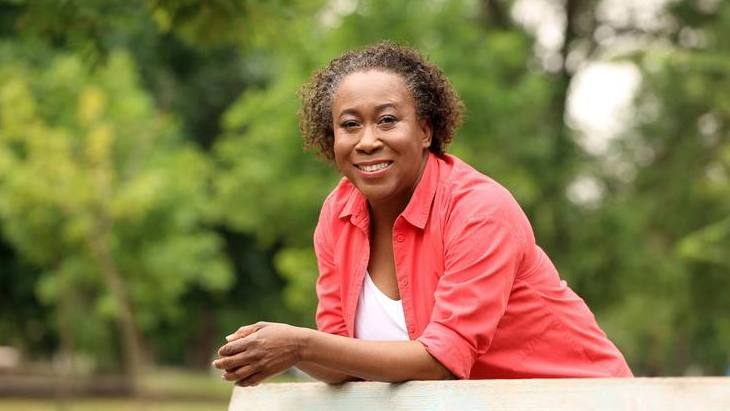Arizona

December 16, 2024
PHOENIX — You may be familiar with a range of tips for living a healthy life: Watch your weight, exercise, eat nutritious food and don’t[...]
October 6, 2014
August 7, 2014
July 21, 2014
Explore more topics
 Sign up
Sign up

Mayo Clinic Connect
An online patient support community
